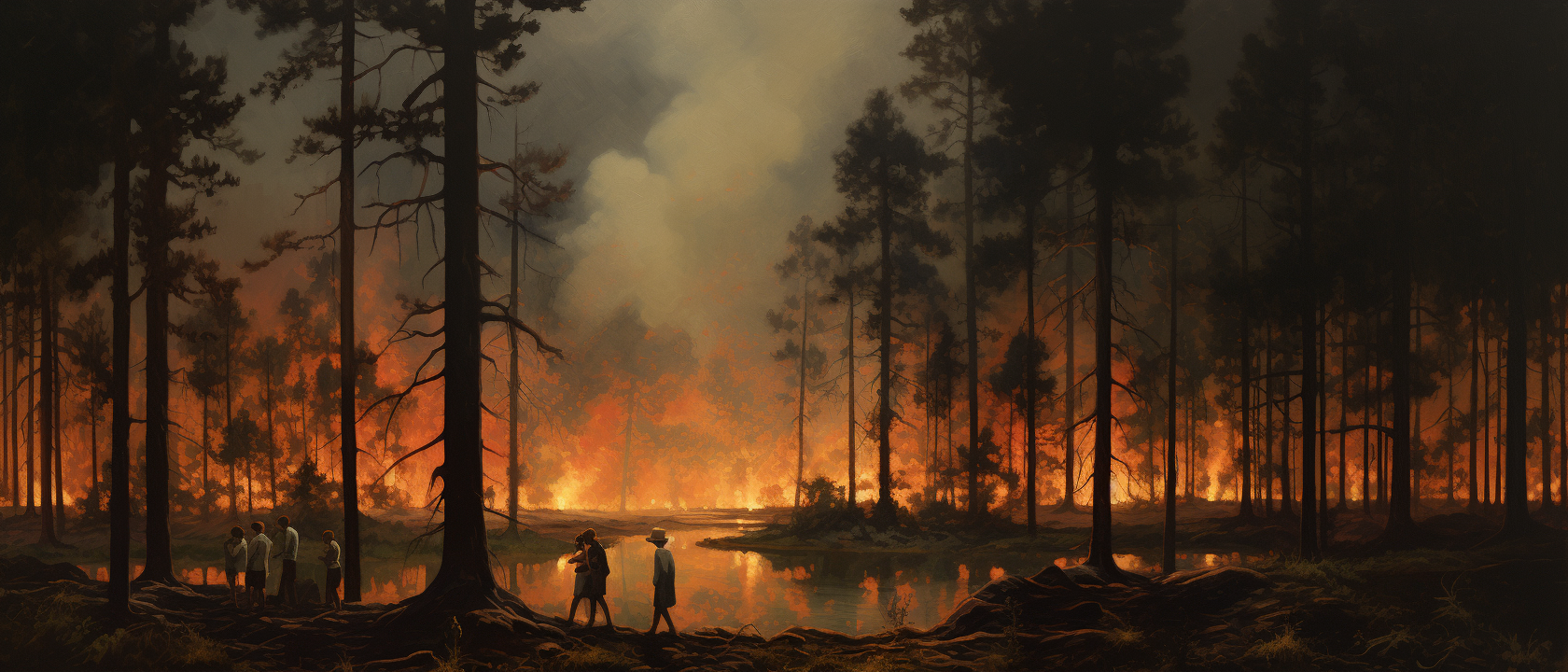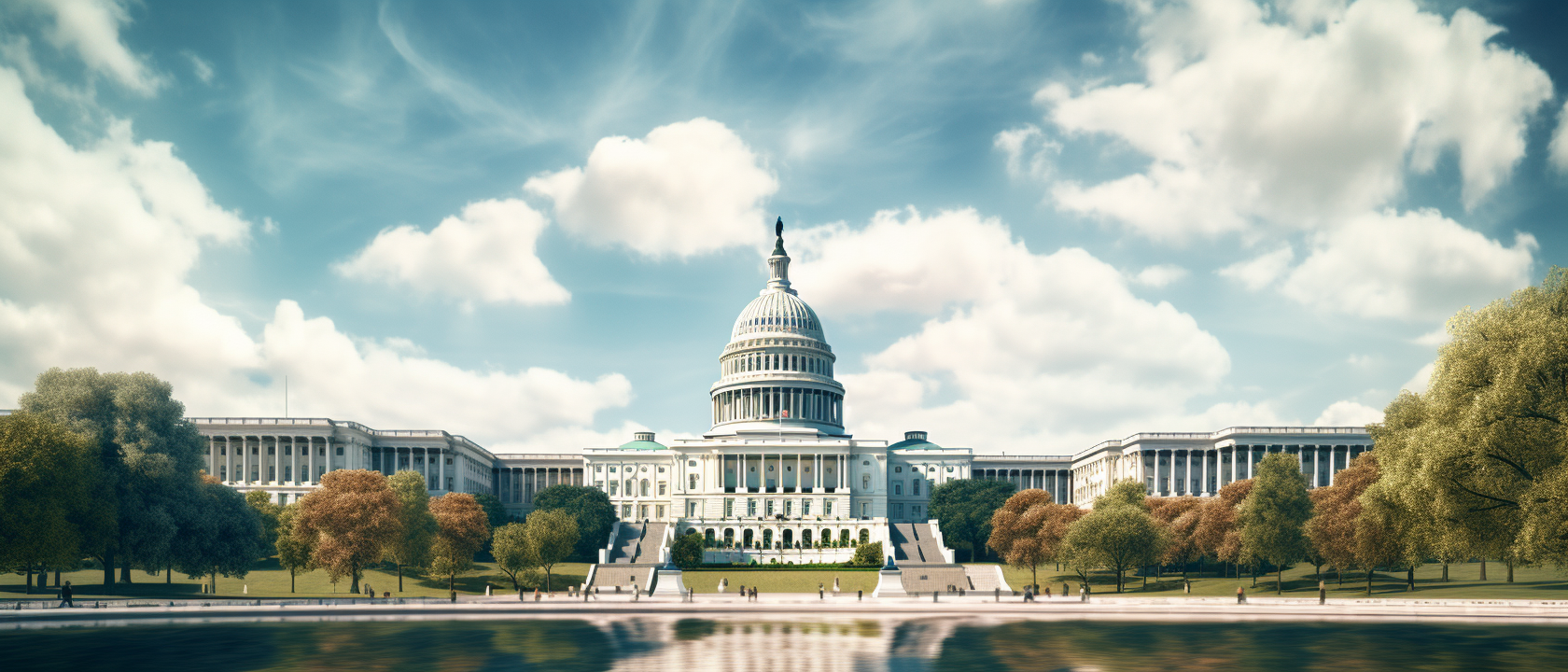National Fire Propaganda
This post was originally published on
Historical Context of Forest Fires in the United States
Forest fires have long been a natural occurrence in the United States, shaping ecosystems and influencing land management policies. The historical data on burn acreage in the United States, as reported by the National Interagency Fire Center (NIFC) and the US Forest Service, shows significant fluctuations in burn acreage over the past century. Data from these agencies dating back to the early 20th century reveals that the burn acreage was substantially higher in the past compared to recent decades.
Early Burn Acreage Records
According to the US Forest Service, the 1930s experienced a notable spike in burn acreage, with 1938 being a particularly severe year for forest fires. The New York Times corroborated these numbers, reflecting the concern of the era. In 1945, the US Forest Service reported an average of over 200,000 fires annually, with an average burn acreage of 31 million acres—a figure larger than the state of New York.

Recent Trends in Burn Acreage
In contrast, the burn acreage in 2020 was recorded to be about one-tenth of the 1945 average, indicating a significant reduction in burn acreage over the years. The NIFC records also suggest that burn acreage has decreased, with 2020 being one of the lowest years on record for burn acreage.

Methodological Changes and Data Representation
The NIFC indicates that there was a methodological change in counting the number of forest fires starting in 1983. This poses a challenge when comparing the number of fires before and after that year due to the difference in counting methodology. However, the data for burn acreage does not show a similar discontinuity, suggesting that acreage measurements have remained consistent over time.
The National Climate Assessment and Data Omissions
The most recent National Climate Assessment (NCA) has been critiqued for starting its analysis of forest fire trends from 1984 onwards, potentially omitting earlier data that depicts higher burn acreage in the past. Critics argue that this selective representation of data creates the impression that forest fire burn acreage is increasing, while the complete historical record would indicate otherwise.
Erasure of Historical Data
In early 2021, reports emerged that historical fire data prior to 1983 was removed from the NIFC website, with the justification given that the data was unreliable. The removed data included figures that showed higher burn acreage in the past. This action has prompted allegations of data manipulation, with critics asserting that the true extent of historical burn acreage is being obscured.


Preindustrial Burn Acreage
Government reports from 2001 indicate that in the preindustrial period (1500-1800), an average of 145 million acres burned annually in the conterminous United States. Comparatively, current figures show that only about 14 million acres burn each year, suggesting a 90% reduction in burn acreage since preindustrial times.
Implications and Conclusions
The decrease in burn acreage from preindustrial levels to today raises questions about the relationship between carbon dioxide levels and forest fires. The data suggests that higher carbon dioxide levels have not led to an increase in burn acreage. Moreover, the historical context and recent trends indicate that forest fire activity has varied greatly over the last century, with recent years experiencing less burn acreage than earlier periods.
The analysis of forest fire data and trends remains a complex issue, influenced by historical records, methodological changes, and data representation. A comprehensive understanding of forest fire dynamics requires careful examination of the full range of available data, taking into account both historical and contemporary contexts. Especially considering the fact that the government is actively trying to ignore historical data that does not agree with the narrative they are attempting to push.




